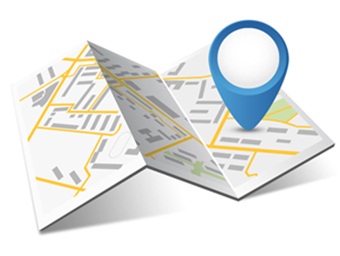Mapping Roads in the Philippines with GIS.
Even as smartphone mapping apps have become ubiquitous, many Filipinos still rely on paper maps issued by the countries transportation departments. After all, paper maps don’t disappear when you lose wireless signal.
Putting together a nationwide or even province wide highway map is no easy task. It involves plotting and updating thousands of miles of roads as well as the names and locations of landmarks like cities, parks, colleges and hospitals.
There is a way to automate much of that task, which means maps are more accurate and more up-to-date. Through mapping roads and highways using GIS technology -- a standard for displaying geographic information that can be shared easily.
GIS is incredible versatile and correct. Business Mapper is a product developed by Paperless Trail, which has plotted and mapped every road and highway in the whole of the Philippines. Maintaining the countless miles of roadway is the biggest feature on the map, and Paperless Trail wants to ensure they are the ones representing that to the public.

Switching to GIS has several advantages.
For one thing, it's a universal format, so it's much easier for transportation officials to pull in data from other agencies within the province, other big cities, and nationwide.
It also makes it much easier for The Philippines to fill out the edges of its map. GIS files contain geographic information, such as latitude and longitude, which makes it easy to fit the pieces together.
Because it's so much simpler to compile and update the maps, Government Officials and users can print them on demand.
Due to the maps being updated so frequently, any errors can be fixed more quickly. Plus, the easy-to-update format also makes it easier to produce special maps of smaller regions in the country.
Moving to GIS could save money. Many transportation agencies already have the software they need to produce GIS-based maps. These maps can be used to provincial and nationwide roads and keep track of accident locations for safety studies, among other uses.
When it comes to cranking out lower-tech two-dimensional highway maps, GIS can be an easy and sensible approach.
-Business Mapper Team
